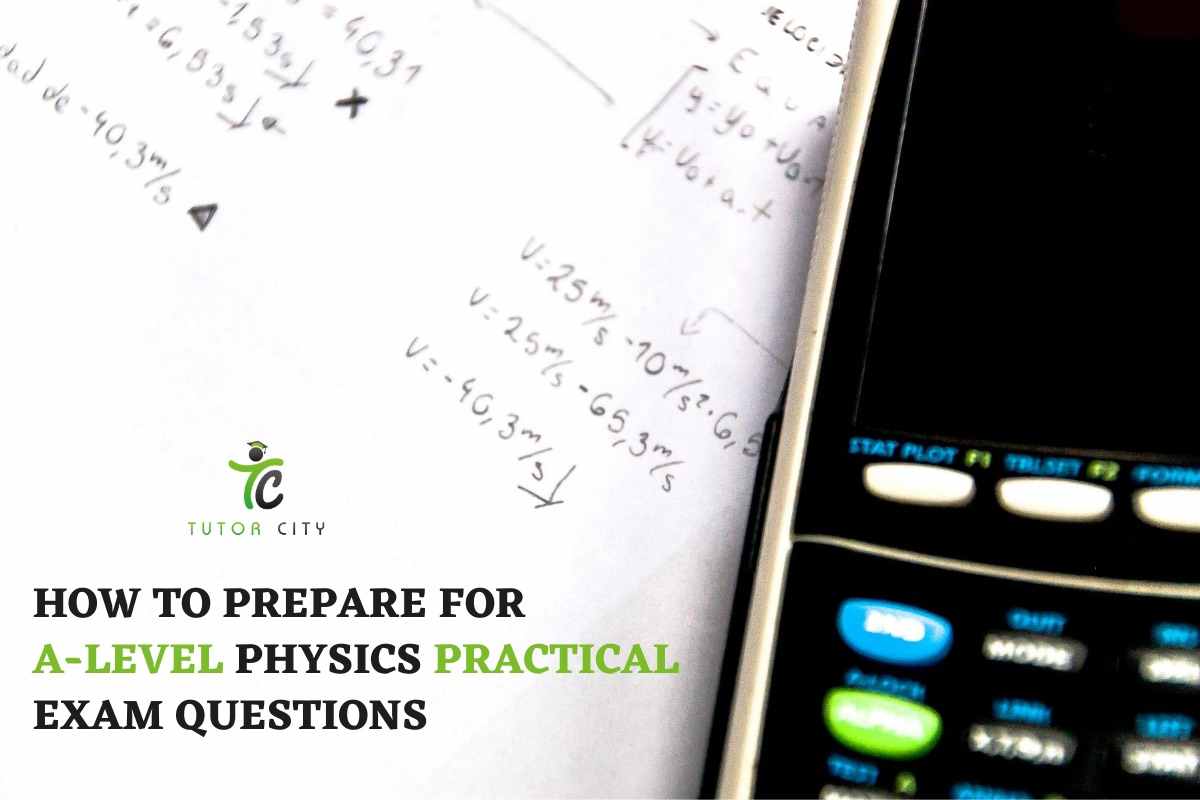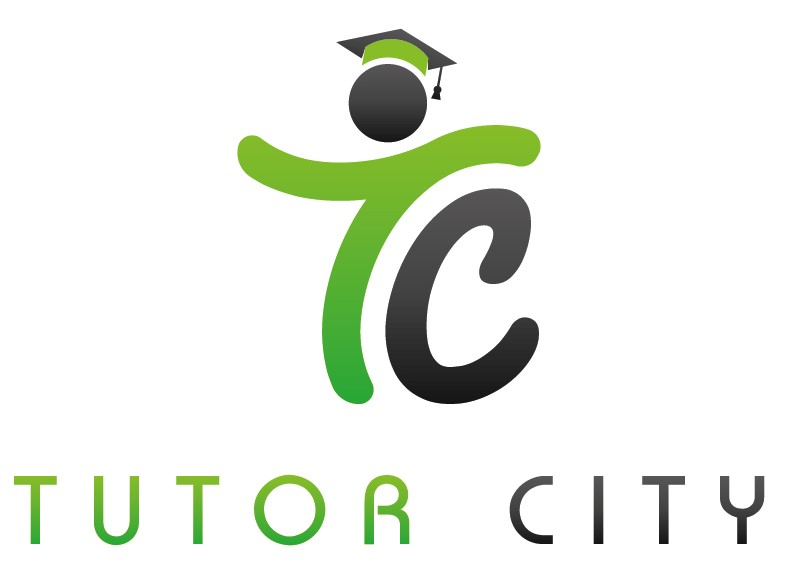
- Published by: Tutor City
- July 30, 2020
- Education
How to prepare for A-level Physics Practical Exam Questions
Every year thousands of students around the world take Cambridge International A-level Physics exams.
The paper will test your theoretical knowledge of physics, that goes without saying. In addition, one of the papers you have to tackle during your examination tests your practical skills.
Below, you will find some tips that will hopefully help you tackle this portion of the exam successfully.
1. What do you need to know about the A-level Physics Practical Exam Questions?
In general, physics practitioners and educators says that 15% of physics exams should be devoted to practical tasks. They provide a list of apparatus and skills that need to be assessed.
The exam board then designs the practical assessment with these requirements in mind.
So in terms of the actual preparation, the first thing you need to do is make sure that you have done all the course practicals.
If you think that you have missed some practical tasks you can go to your teacher and tell them that you would like to do them. It would be best if you had done all of them before you sit your A-level physics exam.
After you have completed all your practical tasks, you should write them up in detail.
As for the revision, one of the proper ways to structure it is by using flashcards.
Think about all of the practical tasks you did during the course and think about four things that these practicals involved. Those things are equipment, procedures, improvements, and maths.
To be more specific, you need to know what equipment needs to be used and why is this piece of equipment more appropriate than any other.
What we mean by procedures is methods, and that is something you will need to learn by heart. You need to memorize each step and think about why this particular step was taken. What is the justification for it?
The next thing is the improvements. You need to show that you are able to compare various methods and say why one of them is most appropriate and why the other ones are not. And how can the method(s) under discussion be improved?
And the last thing you need to include in your flashcards is the Maths. For example, what grafts have been plotted, which equations have been applied, what does the gradient mean, etc.?
2. The A-level physics practical exam question types.
You must be curious about what kind of questions the exam board will include in the practical paper.
Well, there is no definitive answer to this question. They can basically include anything they see fit in the paper.
The question may tell you to evaluate something, to describe something, analyze or explain. The question might even ask you to create an entirely new practical.
For instance, one question may begin with “state a method for…”.
Another question may present you with some data and tell you to analyze it and plot a graph, work out the density, or get the average of something.
The question may present you with someone else’s practical and ask you to evaluate it, comment on their method, say what equipment they used, etc.
In addition, the question may ask you to come up with a new method that you think would be more appropriate for the situation.
However, all of the questions would be based on the apparatus and techniques that were provided at the very beginning by Department of Education in UK.
All the questions will ask you to draw from the knowledge you acquired from your syllabus. So, in any case, it is beneficial to go over the practicals that you have already done.
3. Lab books and experiment sheets.
There are also some good lab books you can use to prepare for your physics practical exam paper. They are brought out by various publishers and some exam boards.
Some of these books are:
- AQA A-level Physics Student Guide: Practical Physics (by Graham George and Kevin Lawrence),
- AQA A level Physics Lab Book (AQA A level Science (2015),
- A-Level Physics Practical Exemplars: Satisfying the Common Practical Assessment Criteria (by K. Dalby) and others.
Also, all of the exam boards publish experiment sheets for each of their practicals.
You can get your hands on them after a brief online search (if you can’t find them, you can ask your teacher for help).
Most of these experiment sheets contain information at the end that tells you what things from that practical may be included in the exam.
The sheets may also contain a list of questions that are designed to make sure that you are paying attention to all the right things.
4. Tips for dealing with practical questions at the exam.
On the actual exam day, try not to panic.
If you have studied and revised enough, there is nothing you shouldn’t be able to overcome.
In order to save time at the exam, you can draw one table for all your results in advance and enter the readings as soon as you take them.
Also, do not forget to label each axis that you draw with the appropriate unit and quantity when you draw your graph.
If your plotted points are in the white margin area, they will be ignored, so should put them down on the grid. When you are calculating a gradient, you should demonstrate all of your workings.
You may ask your supervisor for help if you find it extremely difficult to set up your practical equipment. But beware! You will lose a couple of marks for doing so.
Be prepared!
Overall, if you have been a diligent student during the course, paid attention to the teacher during the lessons, and completed all your practicals, then you have little reason to worry.
If even after all the preparation and revising, you are still unsure of yourself, it might be best to enlist the help of a professional physics tutor.
They will find a way to shed light on anything that you have trouble with.






